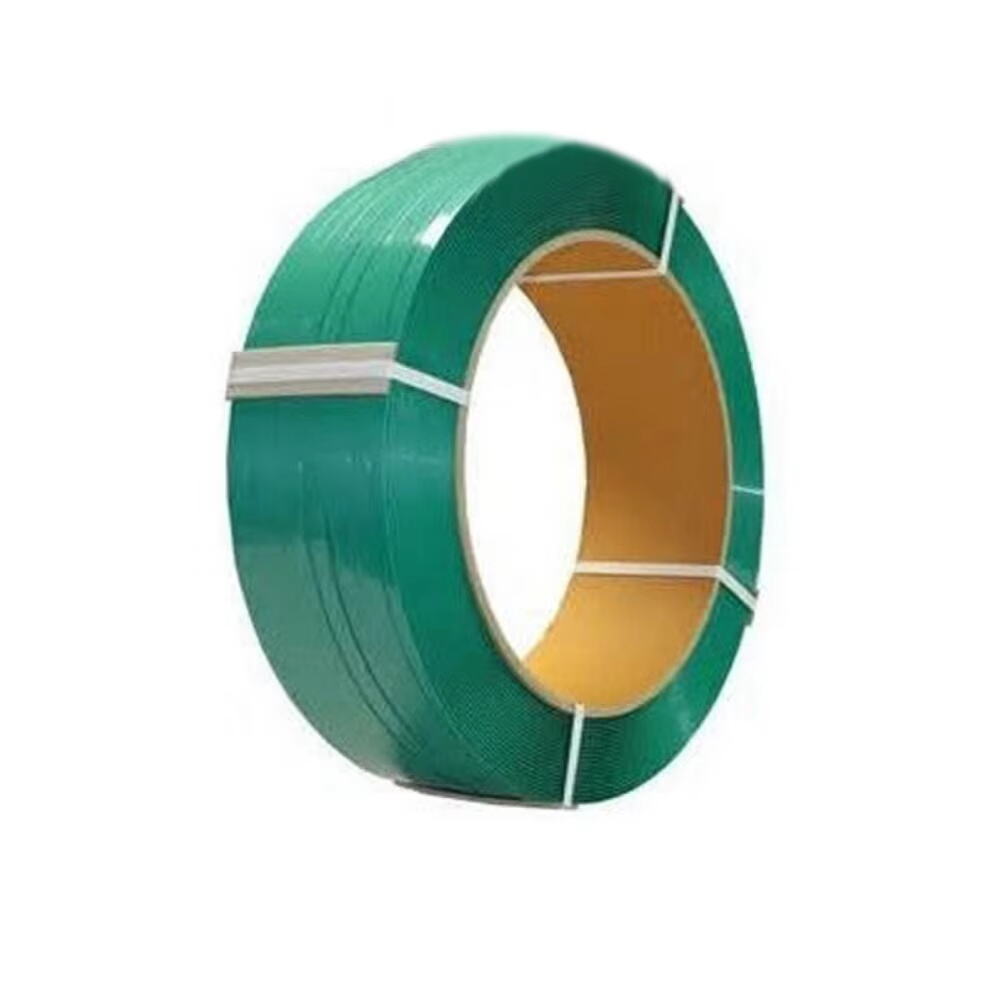PET strapping comes in standard widths ranging from 9 mm to 15.5 mm, offering versatility for various packaging tasks. You must consider these dimensions carefully, as they directly influence the strapping's strength and durability. Choosing the correct width and thickness ensures your packaging remains secure and performs reliably under different load conditions.
Standard Widths and Thicknesses
Common Widths and Their Applications
PET strapping is available in a range of standard widths, each designed for specific packaging needs. The most common widths include 9 mm, 12 mm, and 15.5 mm. Narrower widths, such as 9 mm, are ideal for lightweight applications like bundling small boxes or securing fragile items. These widths provide sufficient strength without adding unnecessary bulk. On the other hand, wider options, such as 15.5 mm, are better suited for heavy-duty tasks. You can use these for securing large pallets or heavy industrial goods, where higher tension and load-bearing capacity are essential.
When selecting a width, consider the weight and dimensions of your package. Using the correct width ensures that the strapping distributes tension evenly, reducing the risk of damage during transit.
Typical Thickness Ranges
The thickness of PET strapping typically ranges from 0.5 mm to 1.27 mm. Thinner straps, such as those around 0.5 mm, work well for lighter loads. These are often used in industries like food packaging or retail, where the focus is on securing smaller items. Thicker straps, closer to 1.27 mm, offer greater tensile strength. These are ideal for applications requiring high durability, such as securing construction materials or heavy machinery.
Choosing the right thickness depends on the load's weight and the level of tension required. Thicker straps provide more resistance to stretching, ensuring stability for heavier packages.
Industry Standards and Tolerances
PET strapping adheres to strict industry standards to ensure consistent performance. Manufacturers follow guidelines that define acceptable tolerances for width and thickness. For example, a 12 mm strap may have a tolerance of ±0.5 mm, ensuring minimal variation in size. These standards guarantee compatibility with packaging equipment and uniformity across batches.
You should always verify that the strapping you choose meets these standards. This ensures reliable performance and reduces the risk of equipment malfunctions or packaging failures.
Impact of Width and Thickness on Performance
Strength and Load-Bearing Capacity
The width and thickness of PET strapping directly influence its strength and ability to bear loads. Wider and thicker straps provide higher tensile strength, making them suitable for securing heavy or bulky items. For example, a 15.5 mm strap with a thickness of 1.27 mm can handle significant tension without breaking. This makes it ideal for industrial applications like securing construction materials or large machinery.
On the other hand, narrower and thinner straps are better for lighter loads. A 9 mm strap with a thickness of 0.5 mm works well for bundling smaller packages or fragile items. You should always match the strap's dimensions to the weight and size of your load to ensure optimal performance.
Suitability for Different Packaging Needs
Different packaging tasks require specific strap dimensions. Standard widths like 12 mm offer versatility, making them a popular choice for medium-weight applications. These straps balance strength and flexibility, ensuring secure packaging without over-engineering.
For specialized needs, you may need to consider custom dimensions. For instance, lightweight straps are ideal for retail or food packaging, while heavy-duty straps suit industrial or export packaging. Selecting the right dimensions ensures your packaging remains secure during transit.
Durability and Environmental Resistance
PET strapping's thickness also affects its durability and resistance to environmental factors. Thicker straps resist wear and tear better, making them suitable for outdoor storage or long shipping durations. They can withstand UV exposure, moisture, and temperature fluctuations without losing strength.
Thinner straps, while less durable, still perform well in controlled environments. You should evaluate the storage and transit conditions to choose the appropriate strap dimensions.
Additional Considerations
Surface Finish and Texture
The surface finish of PET strapping affects its performance and usability. You can choose between smooth and embossed finishes, depending on your packaging requirements. Smooth straps provide a sleek appearance and work well with automated packaging systems. Embossed straps, on the other hand, offer better grip and reduce slippage during tensioning. This makes them ideal for securing heavy or irregularly shaped loads.
Texture also plays a role in compatibility with seals and buckles. Embossed straps often pair better with friction-weld or heat-seal systems due to their enhanced grip. When selecting a surface finish, consider the type of equipment you use and the nature of your packaging tasks.
Color Options and Their Uses
PET strapping comes in various colors, each serving specific purposes. Green and black are the most common, offering a professional look for industrial applications. Bright colors like yellow or red help with product identification or branding. For example, you can use colored straps to differentiate between product categories or highlight fragile items.
Some manufacturers also offer custom colors to match your branding. This adds a professional touch to your packaging while maintaining functionality. When choosing a color, think about visibility, branding, and the message you want to convey.
PET strapping offers a variety of widths and thicknesses, each designed for specific tasks. Understanding these dimensions ensures you select the right option for strength, durability, and equipment compatibility.


